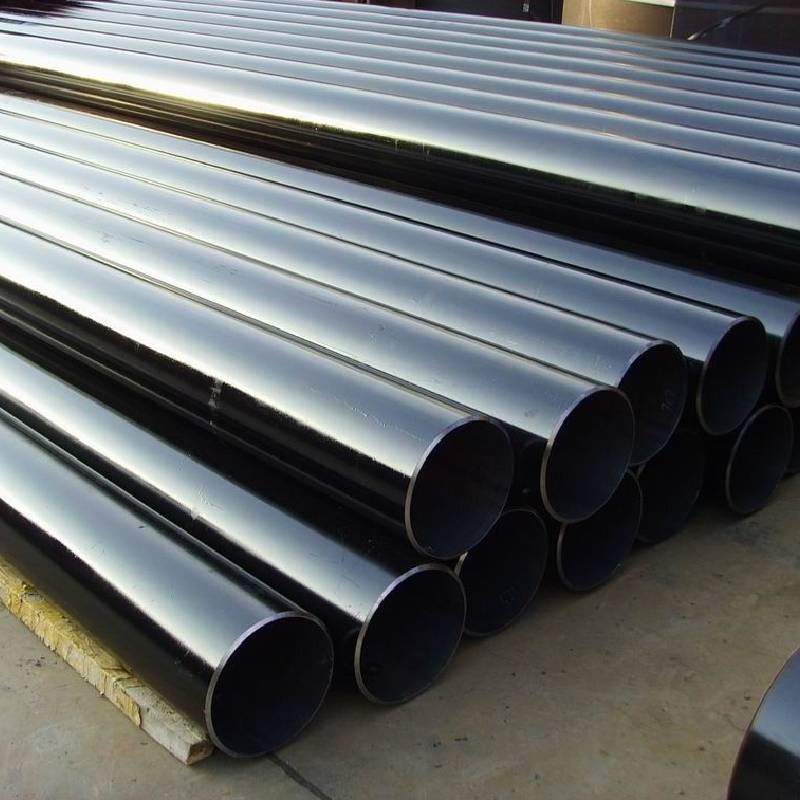-
Cangzhou Yulong Steel Co., Ltd.
-
Phone:
+86 13303177267 -
Email:
admin@ylsteelfittings.com
- English
- Arabic
- Italian
- Spanish
- Portuguese
- German
- kazakh
- Persian
- Greek
- French
- Russian
- Polish
- Thai
- Indonesian
- Vietnamese
- Zulu
- Korean
- Uzbek
- Hindi
- Serbian
- Malay
- Ukrainian
- Gujarati
- Haitian Creole
- hausa
- hawaiian
- Hebrew
- Miao
- Hungarian
- Icelandic
- igbo
- irish
- Japanese
- Javanese
- Kannada
- Khmer
- Rwandese
- Afrikaans
- Albanian
- Amharic
- Armenian
- Azerbaijani
- Basque
- Belarusian
- Bengali
- Bosnian
- Bulgarian
- Catalan
- Cebuano
- China
- China (Taiwan)
- Corsican
- Croatian
- Czech
- Danish
- Esperanto
- Estonian
- Finnish
- Frisian
- Galician
- Georgian
- Kurdish
- Kyrgyz
- Lao
- Latin
- Latvian
- Lithuanian
- Luxembourgish
- Macedonian
- Malgashi
- Malayalam
- Maltese
- Maori
- Marathi
- Mongolian
- Myanmar
- Nepali
- Norwegian
- Norwegian
- Occitan
- Pashto
- Dutch
- Punjabi
- Romanian
- Samoan
- Scottish Gaelic
- Sesotho
- Shona
- Sindhi
- Sinhala
- Slovak
- Slovenian
- Somali
- Sundanese
- Swahili
- Swedish
- Tagalog
- Tajik
- Tamil
- Tatar
- Telugu
- Turkish
- Turkmen
- Urdu
- Uighur
- Welsh
- Bantu
- Yiddish
- Yoruba

Jul . 23, 2024 14:41 Back to list
Leaking Metal Pipe Under Kitchen Sink Causes Water Damage and Needs Immediate Repair Solutions
Understanding and Resolving Metal Pipe Leaks Under Your Sink
A leaking metal pipe under your sink can be a homeowner's nightmare. Not only can it cause water damage to your cabinets and flooring, but it can also lead to mold growth and create an unsanitary environment. Understanding the causes of these leaks and how to properly address them can save you time, money, and headaches.
Common Causes of Leaks in Metal Pipes
1. Corrosion Over time, metal pipes can corrode due to exposure to moisture and air. Corrosion weakens the pipe, leading to small holes or cracks through which water can escape. Factors such as water quality, pipe age, and environmental conditions can accelerate this process.
2. Loose Connections Plumbing systems consist of various components joined together. If the fittings or joints connecting metal pipes to other plumbing fixtures become loose, they can cause leaks. This is often due to wear and tear or improper installation.
3. Temperature Fluctuations Metal expands and contracts with temperature changes. In places where water temperature fluctuates significantly, such as under a sink, this can lead to stress on the pipes and joints, eventually resulting in leaks.
4. High Water Pressure Excessively high water pressure can put a strain on your plumbing system. It can lead to pipe ruptures or leaks at joints where the pressure is too great for the connections to handle.
Identifying the Source of the Leak
Before you can fix a leak, you need to identify where it is coming from. Start by inspecting the area around the sink thoroughly. Look for signs of dampness or water pooling. If the pipes are insulated, you may need to remove the insulation to check for leaks.
metal pipe under sink leaking

To find the exact source of the leak, dry the area and then use a paper towel to wipe down the pipes. This will help you see any new moisture that appears. If you have access to a flashlight, it can be helpful to inspect dark areas under the sink.
DIY Fixes You Can Try
1. Tightening Connections If the leak is coming from a loose connection, it’s often as simple as tightening the fittings with a wrench. Be careful not to over-tighten, as this can cause damage to the pipes.
2. Using Sealants If you find a small crack or hole, you may be able to use a plumbing epoxy or sealant specifically designed for metal pipes. Clean the area around the leak, apply the sealant, and let it cure as per the manufacturer's instructions.
3. Replacing Gaskets or Washers If you suspect that the leak is coming from a connection point, check for worn out gaskets or washers. Replacing these inexpensive components can often solve the problem.
When to Call a Professional
While there are DIY fixes that you can try, some situations warrant a professional plumber’s expertise. If the leak is severe, if you are unable to locate the source, or if the corrosion is extensive, it's best to contact a licensed plumber. They can assess the situation and provide solutions that ensure your plumbing system is safe and functional.
Conclusion
A leaking metal pipe under your sink is an issue that should not be ignored. By understanding the common causes and knowing how to identify the source of the leak, you can take proactive steps towards resolution. While some leaks can be fixed with simple tools and materials, others may require professional intervention. Regardless of the situation, addressing leaks promptly will help prevent further damage and maintain a healthy household environment.
Latest news
-
ANSI 150P SS304 SO FLANGE
NewsFeb.14,2025
-
ASTM A333GR6 STEEL PIPE
NewsJan.20,2025
-
ANSI B16.5 WELDING NECK FLANGE
NewsJan.15,2026
-
ANSI B16.5 SLIP-ON FLANGE
NewsApr.19,2024
-
SABS 1123 FLANGE
NewsJan.15,2025
-
DIN86044 PLATE FLANGE
NewsApr.19,2024
-
DIN2527 BLIND FLANGE
NewsApr.12,2024
-
JIS B2311 Butt-Welding Fittings LR/SR 45°/90° /180°Seamless/Weld
NewsApr.23,2024











